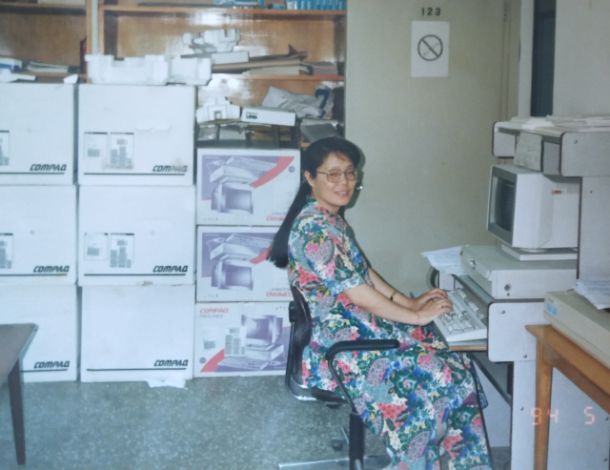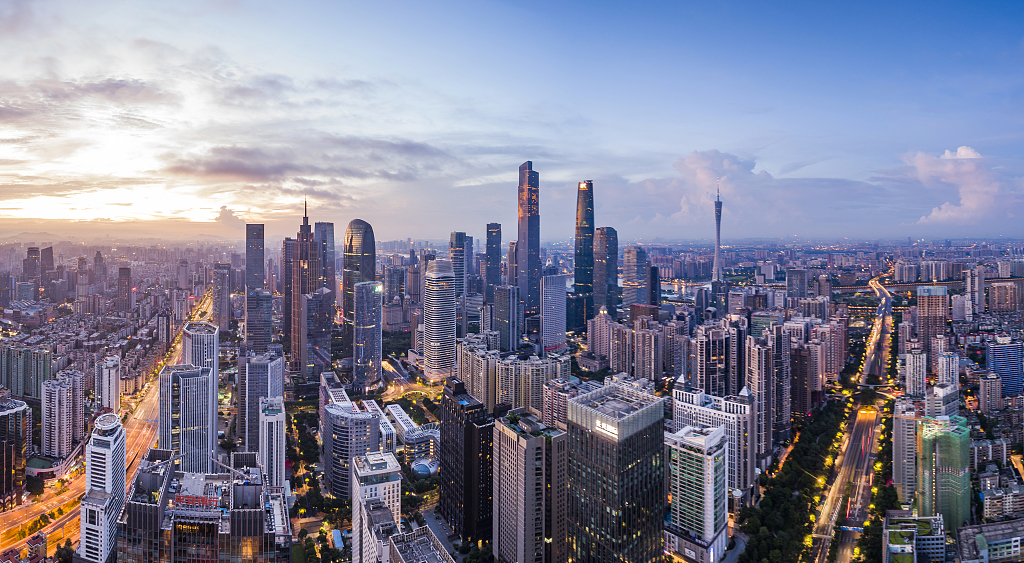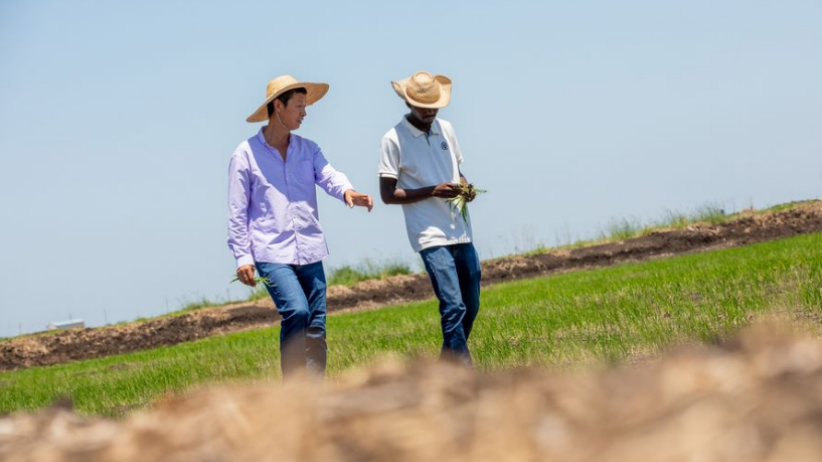In the early 1980s, cabbage was often the only vegetable served as dinner in Beijing households. Was it because Beijingers loved this leafy green plant so much that they couldn't resist eating it at every meal?
What's certain is that even if they wanted an alternative with high nutritious value, there were no other options because cabbage was one of the very few vegetables available.
However, during that decade, the Chinese began to familiarize themselves with broccoli, which was foreign to them. While many were trying to figure out how to make a delicious dish out of it, few realized the hearty green vegetable marked a brand new era for China.
China back then was poor and lacked access to a range of seeds and sophisticated farming techniques. This state of affairs meant that vegetable varieties and cutting-edge agriculture methods were limited. Realizing these constraints had held the country back, China launched its reform and opening-up policy and accepted assistance from international bodies such as the United Nations Development Program (UNDP), regarded as the body that did much to help introduce China to the outside world.
For UNDP China, which had a humble beginning with about 30 staff, diversifying the domestic vegetable supply was one of its main objectives. The mission involved studying China's food supply chain, enabling technological transfer and boosting agricultural modernization.
Broccoli, the first vegetable brought in by the agency, became a harbinger of not only a vegetable importation program but a broader opening-up campaign. Computers, credit loans and even English textbooks were introduced in China thanks to UNDP assistance. These and other imports helped lay the fertile ground for an economic invigoration.

The UNDP office in Beijing in 1994 facilitated with an early computer. /UNDP
The UNDP office in Beijing in 1994 facilitated with an early computer. /UNDP
Further driven by the reforms, which included borrowing sophisticated management experience and advanced market mechanisms from developed countries, China picked up pace in economic and technological development and soon became a preferred destination for foreign investment.
By the early 2000s, rapid growth had profoundly transformed the national economic structure, and the UNDP was given a new mandate. The organization recognized the dwindling poverty in China and decided to evolve from a focus on food supplies to expand its horizon to the millennium development goals, which were much in vogue at the time.
The word "development" was thus injected with epoch-making meaning, which the UNDP helped define and crystalize for China. Going green was among the objectives. For instance, in association with the Chinese government, the UNDP altered the lighting systems at many public venues. As a result, China has slashed millions of tonnes of CO2 emissions with the introduction and widespread penetration of LED bulbs.

LED streetlights along a main road in Zhoushan City, Zhejiang Province, China, October 7, 2021. /CFP
LED streetlights along a main road in Zhoushan City, Zhejiang Province, China, October 7, 2021. /CFP
A technological boom powered by China's thriving tech companies extended well into the mid-2010s, and UNDP continued to adapt. This was when the UN body realized that even though China had reached upper-middle-income country status, it still had some targets to reach among the global sustainable development goals.
The organization was offered much more advanced tools to keep track of poverty and basic infrastructure conditions to ensure the country's future is sustainable. It worked with Baidu, China's largest search engine company, and employed big data to monitor real-time updates on things that most essentially affect people's lives.
As the 50th anniversary of China's reunion with the UN nears, what the country has achieved today has become an inspiration for the UNDP, which dedicated itself to assisting China and now has a mission to spread the word of its success.

Zhujiang New Town in Guangzhou City, Guangdong Province, China. /CFP
Zhujiang New Town in Guangzhou City, Guangdong Province, China. /CFP
Over the past four decades, China's economy has expanded substantially, with its gross domestic product (GDP) growing from $149.54 billion in 1978 to $14,342.9 billion in 2019 and GDP per capita rising 65-fold. In February 2021, China declared victory in eliminating all extreme poverty, a longstanding global fight that the UNDP has been in the vanguard of.
The organization has been pushing for more cooperation between China and the poor global south, hoping it could pass the Chinese experience in tackling poverty and battling COVID-19, both of which have exemplified the nation's surefooted progress.
The UNDP has been at the forefront of the efforts to pitch in on China's South-South Cooperation project and its Belt and Road Initiative (BRI). It has integrated hundreds of projects worldwide with the South-South program while maximizing BRI partner countries' potential to achieve sustainable development goals.

A Chinese agricultural expert (L) checks paddy fields with a local agricultural technician in Xai-Xai of Gaza Province, Mozambique, November 28, 2019. /Xinhua
A Chinese agricultural expert (L) checks paddy fields with a local agricultural technician in Xai-Xai of Gaza Province, Mozambique, November 28, 2019. /Xinhua
The organization's shifting role in its engagement with China has been emblematic of the country's far-reaching changes. Having hungered in the past for technology, China is now exporting it. And broccoli, which has long since become a common vegetable nationwide, makes up more than 1 percent of the over 10 million tons of vegetables that China exports annually.

